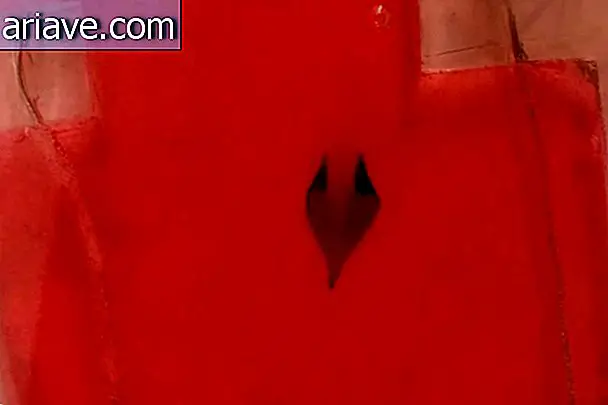Wrecked Nazi Submarine Found in Atlantic Ocean
During World War II, in early February 1942, an Unterseeboot 581 Nazi submarine was chasing the British ship Llangibby Castle in the North Atlantic when it was intercepted by another British vessel, the destroyer HMS Westcott - which launched an efficient attack with a cargo of depth, damaging the hull of the U-581.
Submerged history
According to naval records, the German U-581 carried a crew of 46 sailors, four of whom died during the attack, and 41 were captured by British troops and held as prisoners of war until the end of the conflict.

Surprisingly, the man left to “close the bill” would be the ship's captain, a man named Walter Sitek, who would have escaped alive after swimming about four miles to the beach - where he would have been rescued by locals sympathetic to the water. the Nazi regime and sent safely to Germany through Spain.

As if that were not enough, according to New Algarve Daily News, Sitek reportedly returned to combat and commanded three other Nazi submarines - one U-17, one U-981 and one U-3005 - and would have survived the war as well. with 1st and 2nd class Iron Crosses.
In the depths
According to Rory Tingle of the Daily Mail portal, after the submarine was hit by the British cargo, Sitek would have ordered his men to launch into the sea and deliberately sunk the vessel to prevent it from falling into the hands of the allies. This would have happened near the volcanic island of Pico, in the Azores Archipelago, located approximately 2, 000 kilometers from the Iberian Peninsula.

The U-581 was 67 meters long and weighed 770 tons on the surface - or 870 tons underwater. The sub could reach speeds of just under 18 knots (close to 33 km / h) above water or 7.6 knots (14 km / h) when submerged, and could “dive” to maximum depths of 220 meters .

The wreck was located by a team from the German underwater research NGO Rebikoff-Niggeler Foundation and is 870 meters deep. Scientists explained that today, 75 years after it was sunk, the submarine has turned into a coral and sponge colony, and will be studied in detail by marine biologists who will try to find out how these organisms colonized the site. See one more image below:












